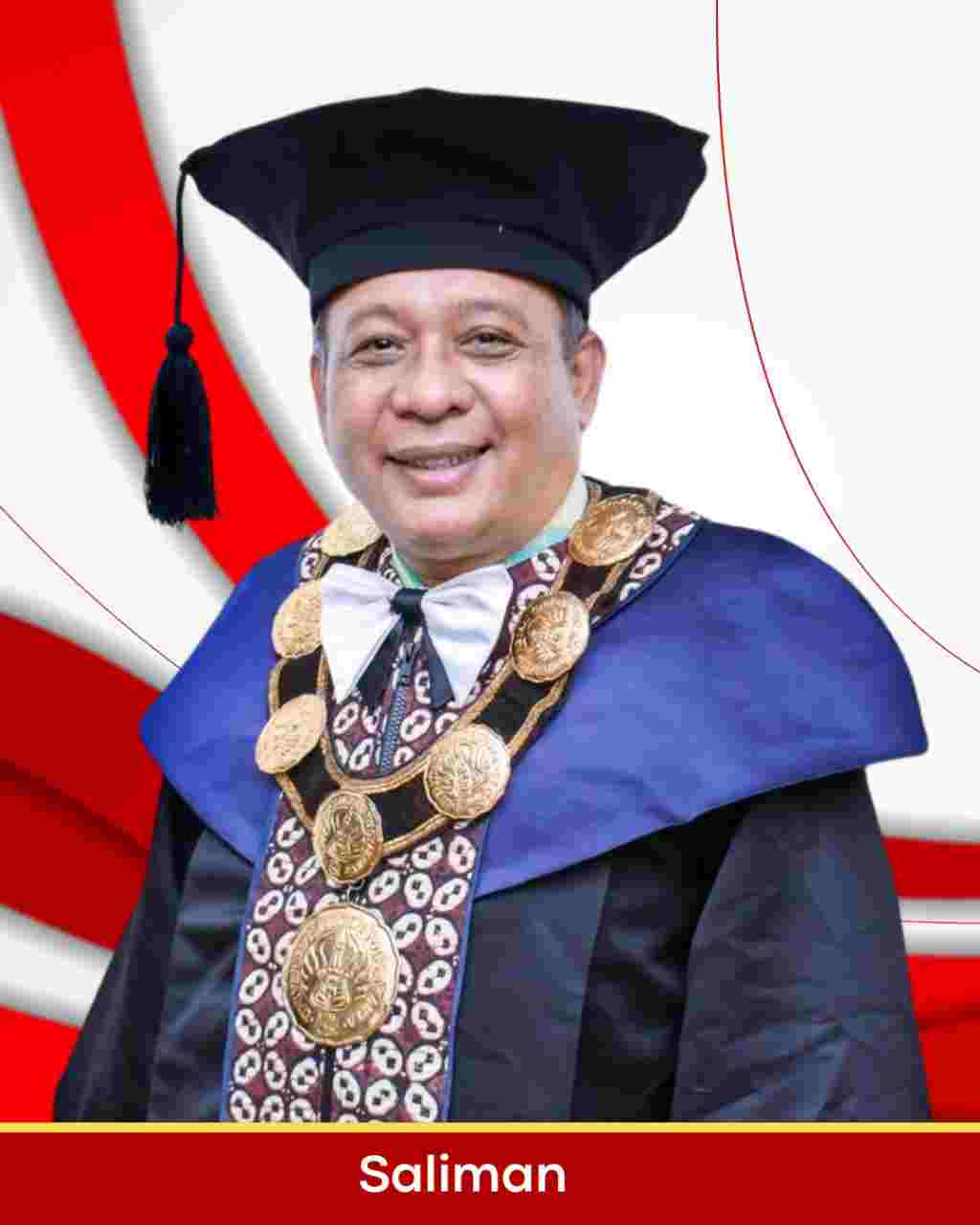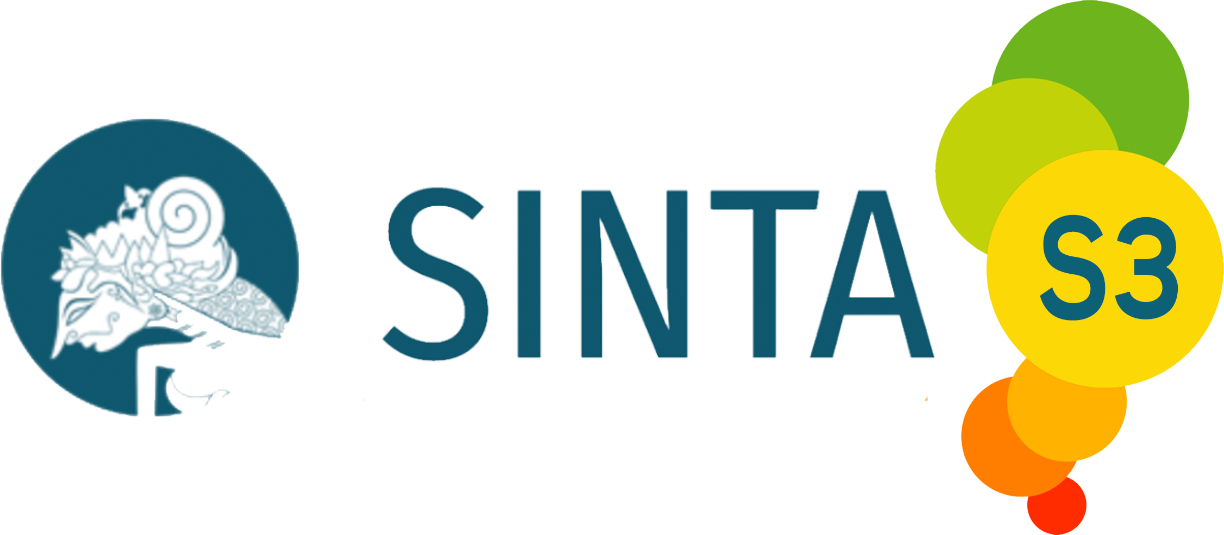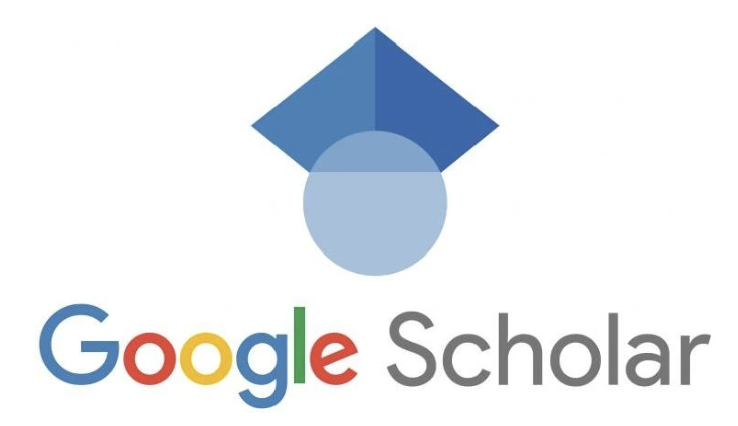The development of Virtual Reality (VR) Micro Teaching Laboratory to improve TPACK skills of FISIP-UNY education students
DOI:
https://doi.org/10.21831/jipsindo.v12i2.89743Keywords:
ADDIE, Micro Teaching Laboratory, TPACK, Virtual RealityAbstract
This study aims to develop a Virtual Reality (VR)-based learning media in the form of a Micro Teaching Laboratory to enhance the Technological Pedagogical Content Knowledge (TPACK) of pre-service teacher students at the Faculty of Social and Political Sciences, Yogyakarta State University.The research employed a Research and Development (RnD) approach using the ADDIE development model (Analysis, Design, Development, Implementation, and Evaluation). The research trial involved 48 pre-service teacher students from FISIP UNY. Effectiveness testing was carried out through quantitative analysis, including prerequisite testing (data normality using the Shapiro-Wilk test), effectiveness testing using the Wilcoxon Signed Rank Test, and calculation of Normalized Gain (N-Gain). The results show that the developed VR media is highly feasible based on expert validation. A total of 88% of students showed increased learning scores after using the media. The Wilcoxon test result yielded a significance value of 0.000 (p < 0.05), indicating a significant difference between pre-test and post-test scores. The average pre-test score of 70 increased to 93.33 in the post-test, with an N-Gain score of 0.82, indicating a “high” level of improvement. This media can be accessed anytime and anywhere via the link: https://unyku.id/VirtualRealityUNY. In conclusion, the developed Virtual Reality Micro Teaching Laboratory learning media is proven to be feasible, effective, and innovative in supporting the enhancement of students’ TPACK. These findings contribute to the integration of immersive technology in higher education learning, particularly in the context of micro teaching training.
References
Andriani, R. (2021). Improving teacher quality in mastering ICT through the Microsoft Partner in Learning (PiL) program and Moodle application. Conference Series Journal, 1.
Bloom, B. S., Engelhart, M. D., Furst, E. J., Hill, W. H., & Krathwohl, D. R. (1956). Taxonomy of Educational Objectives: Classification of Educational Objectives. Guidebook I: Cognitive Domain. Longmans.
Branch, R. M. (2010). Instructional Design: The ADDIE Approach. Springer US. https://doi.org/10.1007/978-0-387-09506-6
Fitri Ginting, R., Hamidah, N., & Tinggi Agama Islam Darul Arafah, S. (2024). The effectiveness of micro teaching in improving teaching skills: A literature review. Sindoro: Scientific Journal of Education, 3(9), 252. https://doi.org/10.9644/sindoro.v3i9.252
Helmie, J., Nurviyani, V., Ristiani, I., Taufik, M. S., & Mulyana, A. (2022). Training on the implementation of virtual reality (VR) as a digital-based learning medium to develop the pedagogical competencies of elementary school teachers in Cipanas District. Journal of Village News (JWD), 4(1), 34–40. https://doi.org/10.29303/jwd.v4i1.170
Jensen, L., & Konradsen, F. (2018). A review of the use of virtual reality head-mounted displays in education and training. Education and Information Technologies, 23(4), 1515–1529. https://doi.org/10.1007/s10639-017-9676-0
Koehler, M. J., & Mishra, P. (2006). Content Pedagogical Technology Knowledge: A Framework for Teacher Knowledge. Teachers College Record, 108(6), 1017–1054.
Mujiono, Yeni, & Nur. (2024). Teacher Problems in Implementing IT-Based Learning Media at SDN. Jurnal Pendidikan IPS, 14.
Nasirun, M., Yulidesni, Y., & Daryati, M. E. (2020). Improving students' teaching skills in early childhood through the drill method. Jurnal Obsesi: Jurnal Pendidikan Anak Usia Dini, 5(1), 441–450. https://doi.org/10.31004/obsesi.v5i1.506
Oktaviana, E., & Yudha, C. B. (2021). Technological Pedagogical Content Knowledge (TPACK) in 21st-century learning. SHEs: Conference Series, 5(2), 57–64. https://jurnal.uns.ac.id/shes
Radianti, J., Majchrzak, T. A., Fromm, J., & Wohlgenannt, I. (2020). A systematic review of immersive virtual reality applications for higher education: Design elements, lessons learned, and research agenda. Computers & Education, 147, 103778. https://doi.org/10.1016/j.compedu.2019.103778
Rahayuningsih, Y. S. (2022). Digital pedagogy as an effort to improve 21st-century teacher competence. Jurnal Basicedu, 6(4), 6960–6966. https://doi.org/10.31004/basicedu.v6i4.3433
Hake, R. R. (1998). Interactive-engagement versus traditional methods: A six-thousand-student survey of mechanics test data for introductory physics courses. American Journal of Physics, 66(1), 64–74. https://doi.org/10.1119/1.18809
Hamilton, D. (2021). Immersive virtual reality as a pedagogical tool in education: a systematic literature review of quantitative learning outcomes and experimental design. Journal of Computers in Education, 8(1), 1–32. https://doi.org/10.1007/s40692-020-00169-2
Sadiman, A.S., et al. (2007). Educational Media: Definition, Development, and Utilization. PT. Raja Grafindo Persada.
Sanjaya, W. (2016). Learning Strategies. Prenadamedia Group.
Saptadi, Maulani, & Norbertus. (2023). Micro teaching: Theory and practice. PT Sada Kurnia Pustaka.
Sardiman, A. M. (2018). Interaction and learning motivation in teaching. Depok: Rajawali Pers.
Selsabila, V., & Pramudiani, P. (2022). Development of Articulate Storyline Interactive Learning Media Based on Digital Literacy in Social Science Learning for State Madrasah Ibtidaiyah Students. Jurnal Paedagogy, 9(3), 458. https://doi.org/10.33394/jp.v9i3.5372
Setiawan, Y. (2019). The Effect of Computer-Based Learning Media Using Simulation Models on the Learning Outcomes of Grade VIII Students in Social Studies at SMPN 1 Bontonompo. Muhammadiyah University Makassar.
Shoffa, S., Holisin, I., Palandi, J. F., Cacik, S., Indriyani, D., Supriyanto, E. E., Basith, A., & Gia, Y. C. (2021). Development of Learning Media in Higher Education (I, February Edition). CV. AGRAPANA MEDIA.
Sugiyono. (2013). Educational Research Methods: Quantitative, Qualitative, and R&D Approaches. Alfabeta.
Sugiyono. (2017). Research Methods (quantitative, qualitative, and R&D). Alfabeta.
Suharsimi Arikunto. (2002). Research Procedures: A Practical Approach. Rineka Cipta.
Surayya. (2012). Electronic Media as a Learning Resource. Kencana.
Suryandari, K. C., Rokhmaniyah, R., Wahyudi, W., Chamdani, M., & Joharman, J. (2020). TPCK Assistance: Technology, Pedagogy, and Knowledge to Improve the Competence of Elementary School Teachers in Kebumen Regency. Dedikasi: Community Service Report, 2(2), 33–45. https://doi.org/10.209
Downloads
Published
How to Cite
Issue
Section
Citation Check
License
Copyright (c) 2025 Arief Isfian, Deni Hardianto, Laila Fatmawati

This work is licensed under a Creative Commons Attribution-ShareAlike 4.0 International License.
Authors who publish with this journal agree to the following terms:
- Authors retain copyright and grant the journal right of first publication with the work simultaneously licensed under a Creative Commons Attribution License that allows others to share the work with an acknowledgement of the work's authorship and initial publication in this journal.
- Authors are able to enter into separate, additional contractual arrangements for the non-exclusive distribution of the journal's published version of the work (e.g., post it to an institutional repository or publish it in a book), with an acknowledgement of its initial publication in this journal.
- Authors are permitted and encouraged to post their work online (e.g., in institutional repositories or on their website) prior to and during the submission process, as it can lead to productive exchanges, as well as earlier and greater citation of published work (See The Effect of Open Access).

JIPSINDO (Jurnal Pendidikan Ilmu Pengetahuan Sosial Indonesia) is licensed under a Creative Commons Attribution-ShareAlike 4.0 International License.
Based on a work at https://journal.uny.ac.id/index.php/jipsindo.















